Great Reset
Don’t celebrate yet: The WHO could still sneak the pandemic treaty through a back door
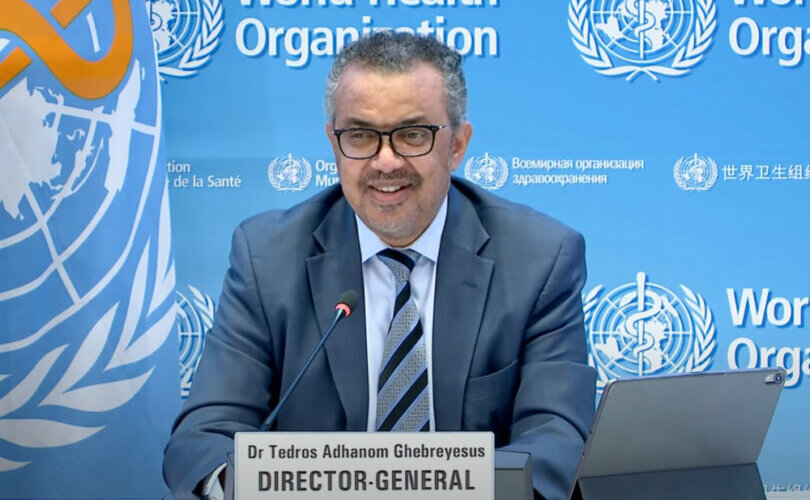
Dr Tedros Ghebreyesus of the World Health Organization
From LifeSiteNews
Several nations, including the United States, have proposed a Resolution, the effect of which would be that the WHO will continue to negotiate the proposed Amendments to the IHR throughout this week, to be voted upon by the end of the week.
Negotiations to finalize both the proposed Amendments to the International Health Regulations and the new Pandemic Treaty stalled on Friday May 24, leading many to claim that the treaty was “dead.” However, the Director General of the World Health Organization, Dr. Tedros Ghebreyesus, immediately stated that the negotiations would continue.
Several nations, including the United States, have proposed a Resolution, the effect of which would be that the WHO will continue to negotiate the proposed Amendments to the IHR throughout this week, to be voted upon by the end of the week.
RELATED: Canadian MP warns new WHO pandemic treaty may enshrine COVID-era freedom restrictions
A press release from the WHO makes clear that it wants to finalize the Amendments to the International Health Regulations by June 1.
Reggie Littlejohn, Co-Founder of the Sovereignty Coalition and President of Anti-Globalist International, traveled to Geneva for the World Health Assembly. She stated:
Negotiating Amendments to the International Health Regulations during the meeting of the World Health Assembly, to be disclosed the day of the vote on those amendments, is a flagrant violation of IHR Article 55, which requires that all proposed amendments be circulated in their final form four months in advance of a vote. The intent of Article 55 is to give national governments and civil society time to review the proposed changes and analyze their impact. The fact that the World Health Organization is willing to violate its own laws and regulations so flagrantly indicates their disdain for the rule of law. If they are willing to toss even their own procedural safeguards out the window, why should we expect them to honor the laws of our nation?
Littlejohn continued: “Beyond this, we have no idea what they are planning to add to the IHRs, as they are negotiating them this week in a black box. Will they try to inject problematic provisions of the Pandemic Treaty – provisions that could damage our national sovereignty and personal medical freedom – into the IHRs, so that they can get them passed by consent rather than putting them to the rigorous 2/3 majority vote required by a treaty? We must do everything we can to stop this vote on Friday!”
Censorship Industrial Complex
Winnipeg Universities Flunk The Free Speech Test

From the Frontier Centre for Public Policy
By Tom Flanagan
Frances Widdowson faced mob hostility for saying unmarked graves have yet to be proven
Dr. Frances Widdowson’s visit to Winnipeg on Sept. 25 and 26 should have been an opportunity for debate. Instead, the city’s universities endorsed a statement that undermines academic freedom.
Widdowson, a political scientist known for questioning official narratives about residential schools, came to meet students who wanted to ask about claims of “unmarked graves.” Those claims, which became national headlines in 2021 after ground-penetrating radar surveys at former school sites, remain unproven because no physical evidence of burials has been found.
For many Canadians, the claims of “unmarked graves” were a shocking revelation, given how widely the story was reported as a settled fact.
That context alone should have been enough to spark discussion. Instead, the University of Manitoba and the University of Winnipeg joined the Assembly of Manitoba Chiefs in issuing a statement that should embarrass both schools. At institutions dedicated to study and inquiry, the instinct should be to ask more questions, not to shut them down.
At first, the statement sounded reasonable. It said the universities did not “condone violence or threats to anyone’s safety.” But that did not stop Widdowson from being roughed up by a mob at the University of Winnipeg. It would be refreshing if the universities condemned mob violence with the same urgency they condemned a professor answering questions. Their silence sends its own message about which kind of behaviour is tolerated on campus.
The bigger problem is the statement’s claim that there is a single “truth” about residential schools, known to “survivors,” and that questioning it amounts to “denial.” In reality, 143 residential schools operated with federal support for more than a century. What happened varied widely from place to place and decade to decade.
That is a subject for historical research, grounded in evidence and debate, not pronouncements about capital-T “Truth” issued by communications offices. Canadians deserve to know that history is still being studied, not declared untouchable.
Worse still was the statement’s promise to “press the Government of Canada to enact legislation that makes residential school denialism a crime.” The Assembly of Manitoba Chiefs is free to say what it wants. But universities lending their names to a demand that historical inquiry be criminalized is beyond misguided; it is dangerous.
Criminalizing “denialism” would mean that even challenging details of the residential school record could be punishable by law. Canadians should think carefully before accepting laws that turn historical debate into a criminal offence.
The University of Chicago’s widely praised statement on academic freedom puts it well: “the University’s fundamental commitment is to the principle that debate or deliberation may not be suppressed because the ideas put forth are thought by some or even by most members of the University community to be offensive, unwise, immoral, or wrong-headed. It is for the individual members of the University community, not for the University as an institution, to make those judgments for themselves.” That principle should also guide Canadian universities. Academic freedom is not a luxury; it is the foundation of higher education.
Worst of all, these positions were not even issued in the names of presidents or academic leaders. They were issued under “media relations.” Imagine being a serious scholar or scientist at one of these universities and discovering that the media office had taken a political stance on your behalf.
I know how I would feel: undermined as a professional and silenced as a citizen.
Tom Flanagan is a professor emeritus of political science at the University of Calgary and a Fellow of the Royal Society of Canada. He is a senior fellow at the Frontier Centre for Public Policy and co-editor of the best-selling book Grave Error: How the Media Misled Us (and the Truth about Residential Schools).
Aristotle Foundation
Efforts to halt Harry Potter event expose the absurdity of trans activism

The Vancouver Park Board hasn’t caved to the anti-J.K. Rowling activists, but their campaign shows a need for common sense
This November, Harry Potter is coming to Vancouver’s Stanley Park. And some people aren’t happy.
The park will host Harry Potter: A Forbidden Forest Experience, an immersive exhibit that’s been staged around the world, prompting outrage from the gay and trans community. Why? Because J.K. Rowling, the creative genius behind the Harry Potter franchise, has been deemed a heretic — a “transphobe” — for her publicly stated view that men are men and women are women.
Rowling’s journey into so-called heresy began almost six years ago when she dared to publicly support Maya Forstater, a British tax expert who lost her job for asserting on social media that transgender women remain men.
“Dress however you please,” Rowling posted on Twitter in 2019. “Sleep with any consenting adult who’ll have you. Live your best life in peace and security. But force women out of their jobs for stating that sex is real? #IStandWithMaya #ThisIsNotADrill.”
It seemed to me and many others a rather benign tweet. But it was enough to generate global outrage from the trans community and its supporters. Rowling’s books have been boycotted and burned, with even the actors who portrayed Harry Potter characters on screen — most notably Daniel Radcliffe, Emma Watson and Rupert Grint — turning against the author who made them famous.
And yet Rowling has stuck to her guns, defending women and their right to enjoy spaces free of biological males in shelters, prisons, sports and so on. And she has stood against the “gender-affirming care” model that transitions children; in an X post last December, she said, “There are no trans kids. No child is ‘born in the wrong body.’”
It is — or should be — fair game to debate Rowling’s views. But in the hyper-polarized world of transgenderism, debate isn’t permitted. Only cancellation will suffice. Hence the angry response to the Vancouver Park Board’s greenlighting of the “Forest Experience” exhibit.
Vancouver city councillors Lucy Maloney and Sean Orr have called for the park board to reverse its decision.
“The trans and two-spirit community have made their voices heard already about how upset they are that this is happening,” Maloney said. “J.K. Rowling’s actions against the trans community are so egregious that I think we need to look at changing our minds on this.”
Orr concurred. “This is a reputational risk for the park board right now,” he said. “If there’s a way we can get out of this, we should consider this.
Thus far, thankfully, most park board commissioners have stood their ground. The exhibit is scheduled to go ahead as planned.
It’s worth emphasizing that since Rowling began her public defence of biological reality, much has changed. In 2024, the final report of the United Kingdom’s Cass Review exposed the shocking lack of evidence for the “gender-affirming” model of care; this led to a ban on puberty blockers in that country. Multiple European jurisdictions have done the same, enacting safeguards around transitioning youth. Major sports organizations have begun formally excluding biological males from female competitions. And in April 2025, the British Supreme Court decreed that “woman” and “sex” refer to biological sex assigned at birth, not gender identity.
Suffice it to say that Rowling has been vindicated.
Yet, as shown by a report published last year by the Aristotle Foundation (which I co-authored), Canada is increasingly an outlier in doubling down on transgender ideology. The Canadian Medical Association, the Canadian Pediatric Society and the Canadian Psychological Association continue to endorse the “gender-affirming” model of care. Even Canada’s Gordon Guyatt, hailed as one of the “fathers” of evidence-based medicine, has been cowed into distancing himself from his own research, which laid bare the scant amount of evidence supporting “gender-affirming” care.
It’s hard to know what it will take to set Canada back on a path of common sense and scientific rationality. Some Potter-style magic, perhaps. Or failing that, a return to good old-fashioned tolerance for open discussion and an honest exchange of views.
Dr. J. Edward Les is a pediatrician in Calgary and a senior fellow at the Aristotle Foundation for Public Policy. Photo: WikiCommons
-
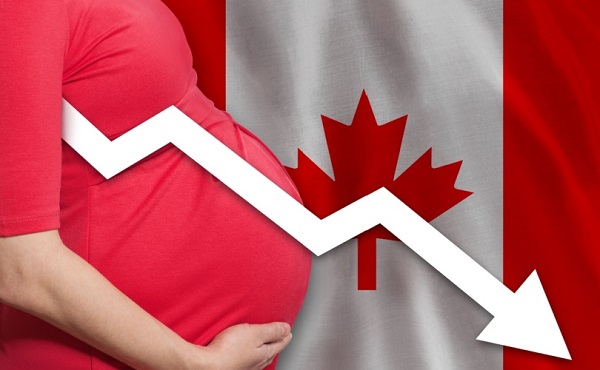
 National2 days ago
National2 days agoCanada’s birth rate plummets to an all-time low
-
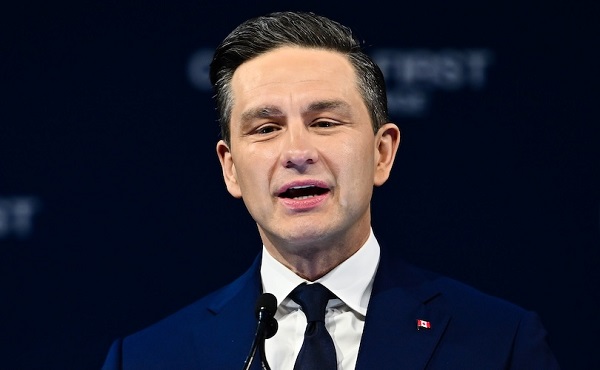
 Crime2 days ago
Crime2 days agoPierre Poilievre says Christians may be ‘number one’ target of hate violence in Canada
-

 Opinion19 hours ago
Opinion19 hours agoJordan Peterson needs prayers as he battles serious health issues, daughter Mikhaila says
-
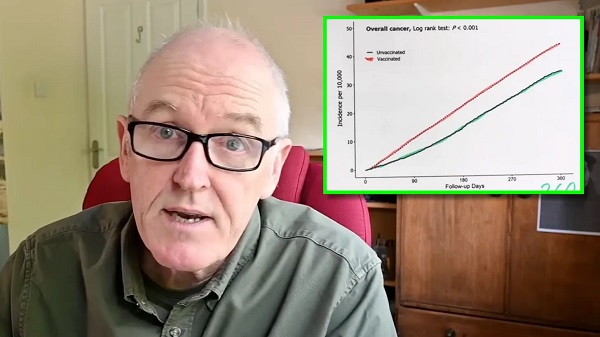
 COVID-1915 hours ago
COVID-1915 hours agoDevastating COVID-19 Vaccine Side Effect Confirmed by New Data: Study
-
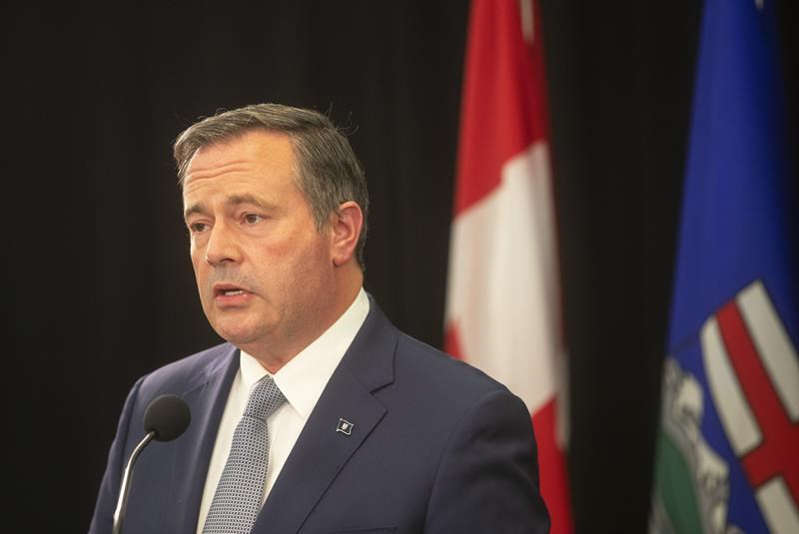
 Alberta1 day ago
Alberta1 day agoJason Kenney’s Separatist Panic Misses the Point
-

 Censorship Industrial Complex20 hours ago
Censorship Industrial Complex20 hours agoWinnipeg Universities Flunk The Free Speech Test
-
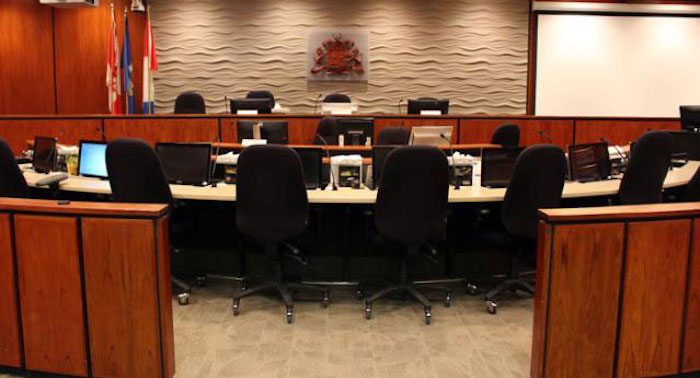
 Red Deer9 hours ago
Red Deer9 hours agoThe City of Red Deer’s Financial Troubles: Here Are The Candidates I Am Voting For And Why.
-

 Crime18 hours ago
Crime18 hours agoThe Bureau Exclusive: Chinese–Mexican Syndicate Shipping Methods Exposed — Vancouver as a Global Meth Hub


